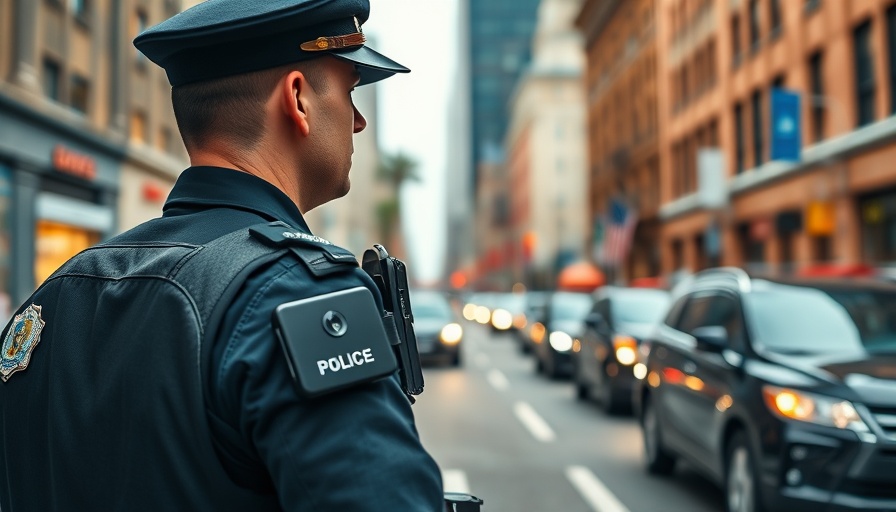
Bodycam Footage Sparks Controversy in Upton Incident
In a shocking incident that has reignited debates around police practices, the Baltimore police department recently released body-worn camera footage less than a week after officers fatally shot an individual identified as an arabber—traditionally, a person selling items from a horse-drawn cart. The available footage, which has been scrutinized by both civil rights activists and law enforcement experts, showcases the urgency and complexity of police engagements, particularly when a firearm is allegedly involved.
The Context of Police Use of Force
Across the nation, police use of force has become a focal point of public discourse, with statistics reflecting both the necessity for effective response protocols and the tragic consequences of misunderstandings in high-stakes scenarios. The Upton incident raises questions about body camera footage as a tool for transparency. Are these recordings adequately serving their intended purpose of accountability, or do they further complicate public perceptions of police actions? Critics argue that while footage can offer clarity, it may lack context, obscuring the circumstances surrounding the decisions made by officers in the moment.
Balancing Officer Safety and Community Trust
Law enforcement agencies face a daunting challenge: the imperative of ensuring officer wellness while simultaneously fostering a trusting relationship with the communities they serve. In the case of the Upton shooting, discussions of police accountability and community policing strategies come to the forefront. It's vital for departments to implement crisis intervention strategies that equip officers to de-escalate tense situations before they culminate in violence.
Impact of Procedural Justice Guidelines
As police departments nationwide rethink their use of force policies, they must incorporate procedural justice principles into their operational protocols. Procedural justice focuses on fair treatment and the transparency of actions taken by law enforcement, and it may play a crucial role in rebuilding trust within communities. The Upton incident exemplifies the potential ripple effects of procedural mechanisms—or the lack thereof—on public perceptions of law enforcement efficacy.
Looking Ahead: Recommendations for Police Reform
To address challenges exposed by incidents like the Upton shooting, policymakers and law enforcement leaders must engage in continuous dialogue that leads to effective police reform strategies. Recruitment innovation is an essential component, aiming to attract a diverse array of candidates who can contribute to the evolving landscape of law enforcement. Additionally, the integration of technological advancements, such as advanced data analysis and tracking software, will enable departments to respond more effectively based on public safety data analysis. These strategies should also emphasize mental health support for officers to mitigate stress and promote robust community engagement.
Conclusion: Pathway to Progress
The tragic loss of life in Upton serves as a critical reminder of the work that remains in reshaping policing into a more transparent, accountable, and trustworthy institution. Law enforcement agencies must actively pursue community policing approaches and foster policies that prioritize safety for both officers and the communities they serve. Through actionable insights and a commitment to reform, stakeholders can collectively strive for a better path forward, rooted in justice and trust.
As the public response continues to evolve, local governments and police departments should prioritize implementing robust police accountability strategies to ensure that incidents of unnecessary force are met with both immediate response and long-term change. Engaging with community perspectives will not only enhance policing practices but ultimately safeguard the very essence of public safety.
 Add Row
Add Row  Add
Add 

 Add Element
Add Element 


Write A Comment